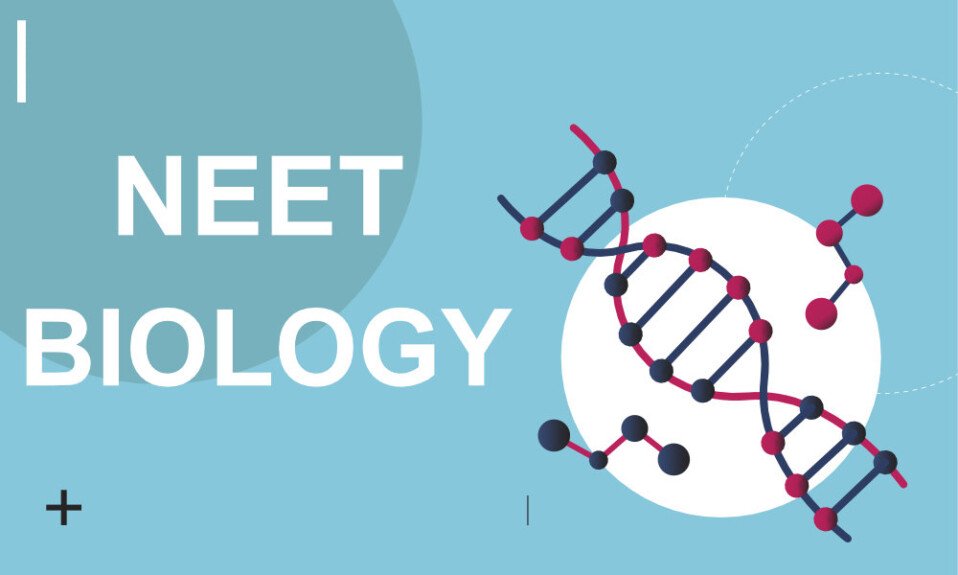1.Which of the following is a tripeptide?
(A) Anserine
(B) Oxytocin
(C) Glutathione
(D) Kallidin
Answer:(C) Glutathione
2. A peptide which acts as potent smooth muscle hypotensive agent is
(A) Glutathione
(B) Bradykinin
(C) Tryocidine
(D) Gramicidin-s
Answer:(C) Glutathione
3. A tripeptide functioning as an important reducing agent in the tissues is
(A) Bradykinin
(B) Kallidin
(C) Tyrocidine
(D) Glutathione
Answer:(D) Glutathione
4. An example of metalloprotein is
(A) Casein
(B) Ceruloplasmin
(C) Gelatin
(D) Salmine
Answer: (B) Ceruloplasmin
5. Carbonic anhydrase is an example of
(A) Lipoprotein
(B) Phosphoprotein
(C) Metalloprotein
(D) Chromoprotein
Answer: (C) Metalloprotein
6. An example of chromoprotein is
(A) Hemoglobin
(B) Sturine
(C) Nuclein
(D) Gliadin
Answer: (A) Hemoglobin
7. An example of scleroprotein is
(A) Zein
(B) Keratin
(C) Glutenin
(D) Ovoglobulin
Answer: (B) Keratin
8. Casein, the milk protein is
(A) Nucleoprotein
(B) Chromoprotein
(C) Phosphoprotein
(D) Glycoprotein
Answer: (C) Phosphoprotein
9. An example of phosphoprotein present in egg yolk is
(A) Ovoalbumina
(B) Ovoglobulin
(C) Ovovitellin
(D) Avidin
Answer: (C) Ovovitellin
10. A simple protein found in the nucleoproteins of the sperm is
(A) Prolamine
(B) Protamine
(C) Glutelin
(D) Globulin
Answer: (B) Protamine
11. Histones are
(A) Identical to protamine
(B) Proteins rich in lysine and arginine
(C) Proteins with high molecular weight
(D) Insoluble in water and very dilute acids
Answer: (B) Proteins rich in lysine and arginine
12. The protein present in hair is
(A) Keratin
(B) Elastin
(C) Myosin
(D) Tropocollagen
Answer:(A) Keratin
13. The amino acid from which synthesis of the protein of hair keratin takes place is
(A) Alanine
(B) Methionine
(C) Proline
(D) Hydroxyproline
Answer: (B) Methionine
14. In one molecule of albumin the number of amino acids is
(A) 510
(B) 590
(C) 610
(D) 650
Answer:(C) 610
15. Plasma proteins which contain more than 4% hexosamine are
(A) Microglobulins
(B) Glycoproteins
(C) Mucoproteins
(D) Orosomucoids
Answer:(C) Mucoproteins
16. After releasing O2 at the tissues, hemoglobin transports
(A) CO2 and protons to the lungs
(B) O2 to the lungs
(C) CO2 and protons to the tissue
(D) Nutrients
Answer:(A) CO2 and protons to the lungs
17. Ehlers-Danlos syndrome characterized by hypermobile joints and skin abnormalities is due to
(A) Abnormality in gene for procollagen
(B) Deficiency of lysyl oxidase
(C) Deficiency of prolyl hydroxylase
(D) Deficiency of lysyl hydroxylase
Answer: (A) Abnormality in gene for procollagen
18. Proteins are soluble in
(A) Anhydrous acetone
(B) Aqueous alcohol
(C) Anhydrous alcohol
(D) Benzene
Answer:(B) Aqueous alcohol
19. A cereal protein soluble in 70% alcohol but insoluble in water or salt solution is
(A) Glutelin
(B) Protamine
(C) Albumin
(D) Gliadin
Answer: (D) Gliadin
20. Many globular proteins are stable in solution in spite they lack in
(A) Disulphide bonds
(B) Hydrogen bonds
(C) Salt bonds
(D) Non polar bonds
Answer: (A) Disulphide bonds
21. The hydrogen bonds between peptide linkages of a protein molecules are interfered by
(A) Guanidine
(B) Uric acid
(C) Oxalic acid
(D) Salicylic acid
Answer:(A) Guanidine
22. Globular proteins have completely folded, coiled polypeptide chain and the axial ratio (ratio of length to breadth) is
(A) Less than 10 and generally not greater than 3–4
(B) Generally 10
(C) Greater than 10 and generally 20
(D) Greater than 10
Answer:(A) Less than 10 and generally not greater than 3–4
23. Fibrous proteins have axial ratio
(A) Less than 10
(B) Less than 10 and generally not greater than 3–4
(C) Generally 10
(D) Greater than 10
Answer:(D) Greater than 10
24. Each turn of α-helix contains the amino acid residues (number):
(A) 3.6
(B) 3.0
(C) 4.2
(D) 4.5
Answer:(A) 3.6
25. Distance traveled per turn of α−helix in nm is
(A) 0.53
(B) 0.54
(C) 0.44
(D) 0.48
Answer:(B) 0.54
26. Along the α-helix each amino acid residue advances in nm by
(A) 0.15
(B) 0.10
(C) 0.12
(D) 0.20
Answer:(A) 0.15
27. The number of helices present in a collagen molecule is
(A) 1
(B) 2
(C) 3
(D) 4
Answer:(C) 3
28. In proteins the α-helix and β-pleated sheet are examples of
(A) Primary structure
(B) Secondary structure
(C) Tertiary structure
(D) Quaternary structure
Answer:(B) Secondary structure
29. The a-helix of proteins is
(A) A pleated structure
(B) Made periodic by disulphide bridges
(C) A non-periodic structure
(D) Stabilised by hydrogen bonds between NH and CO groups of the main chain
Answer:(C) A non-periodic structure
30. At the lowest energy level α-helix of polypeptide chain is stabilised
(A) By hydrogen bonds formed between the H of peptide N and the carbonyl O of the residue
(B) Disulphide bonds
(C) Non polar bonds
(D) Ester bonds
Answer:(A) By hydrogen bonds formed between the H of peptide N and the carbonyl O of the residue



